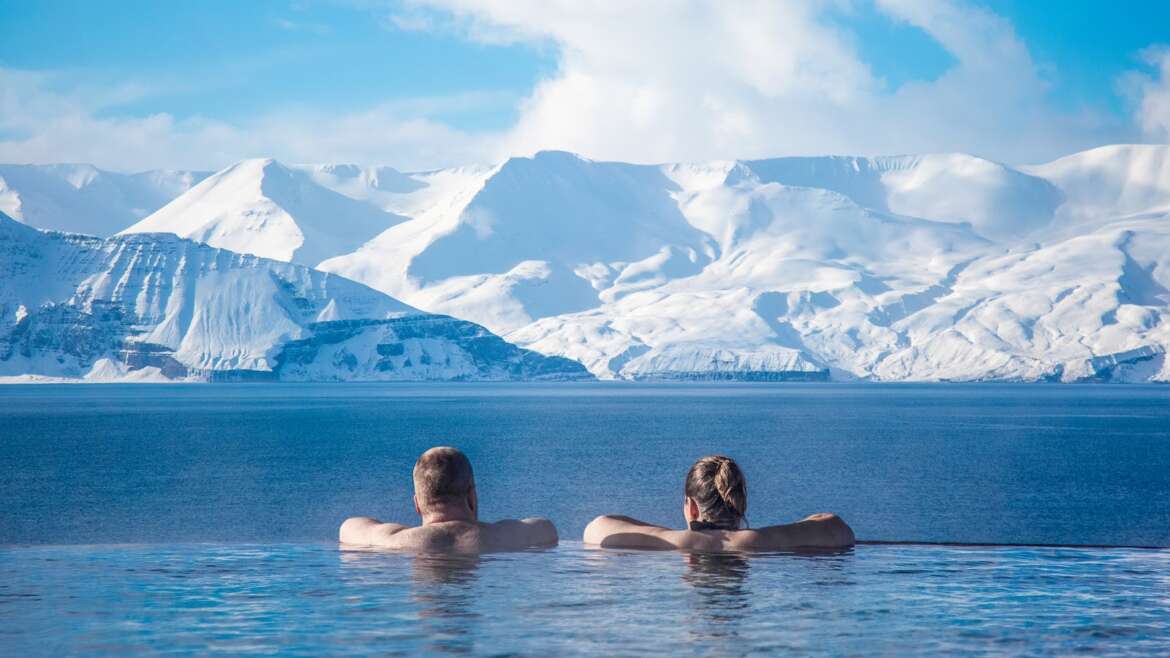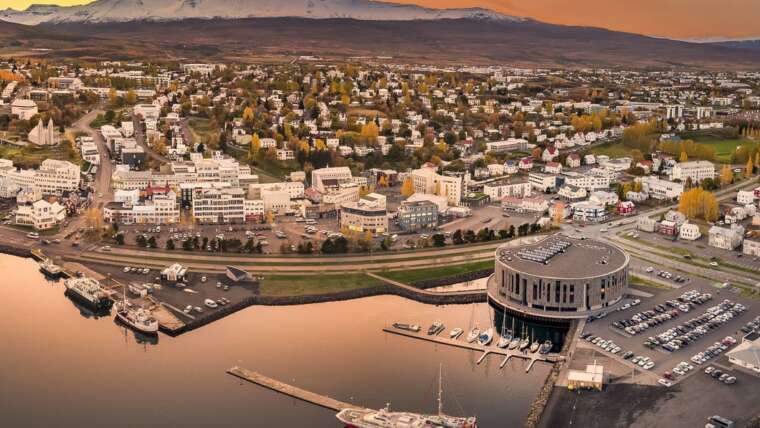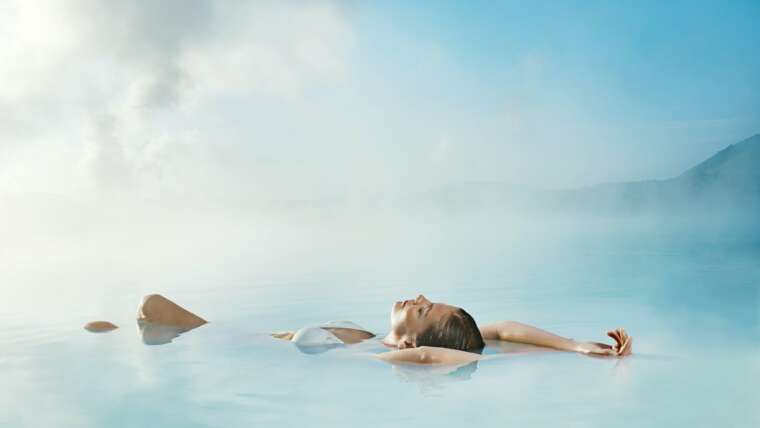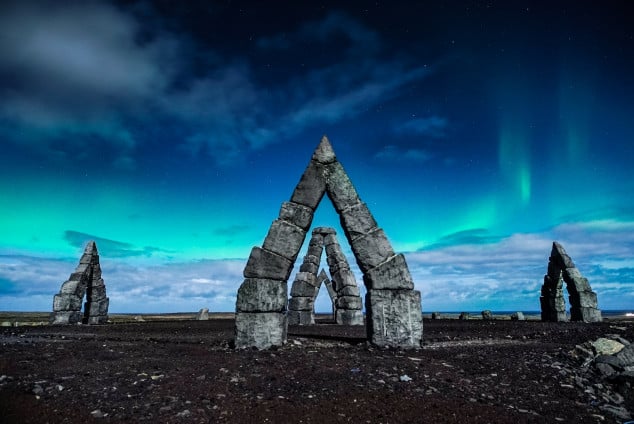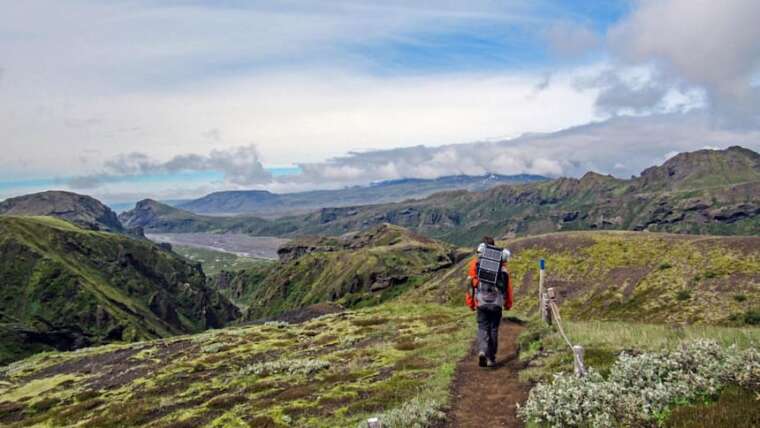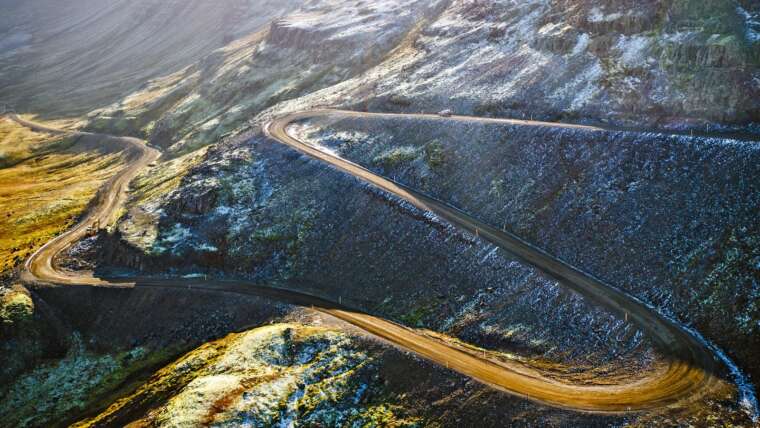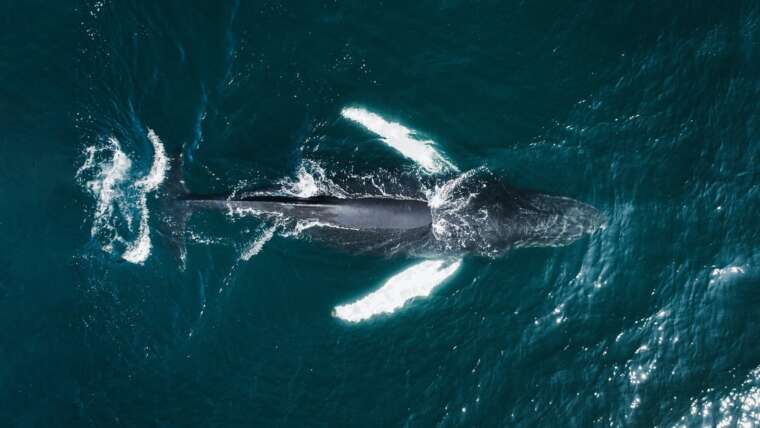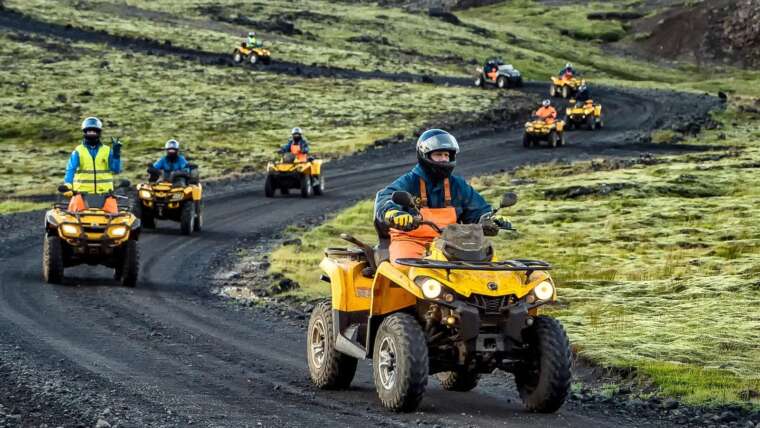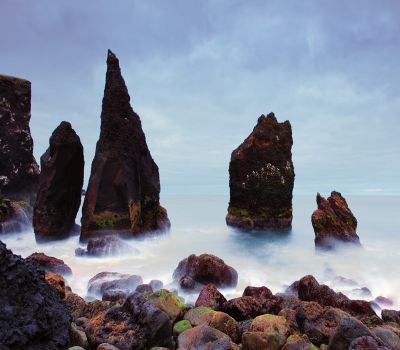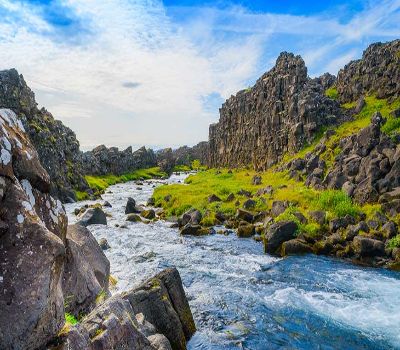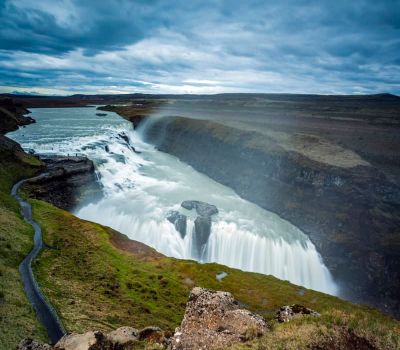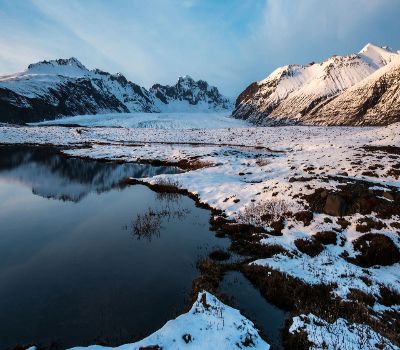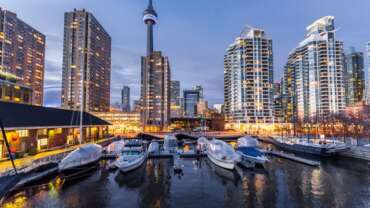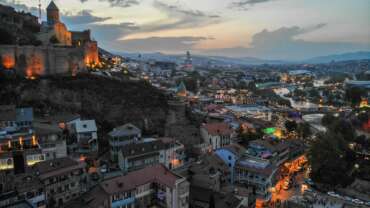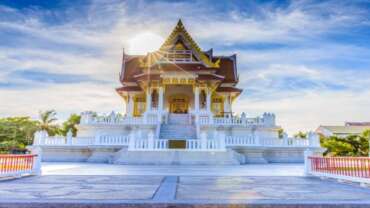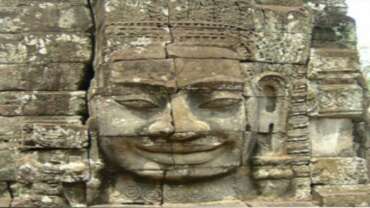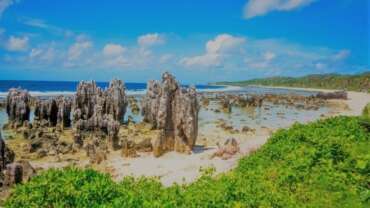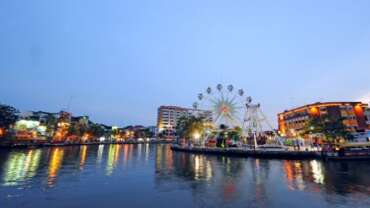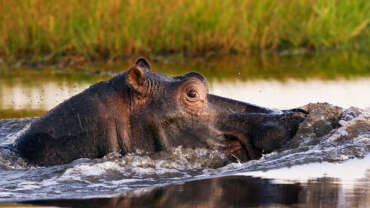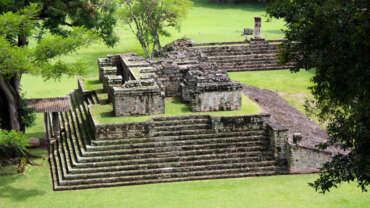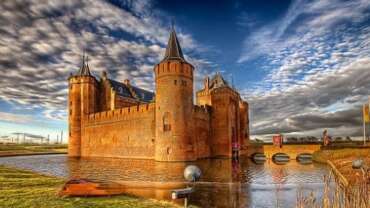Iceland - The land of fire and Ice
Iceland is a country of extreme geological contrasts. Widely known as “the land of fire and ice” iceland is home to some of the largest glaciers in europe, and some of the world’s most active volcanoes. Iceland is also the land of light and darkness. Long summer days with near 24-hours of sunshine are offset by short winter days with only a few hours of daylight.
Iceland, a Nordic island nation, is defined by its dramatic landscape with volcanoes, geysers, hot springs and lava fields. Massive glaciers are protected in Vatnajökull and Snæfellsjökull national parks. Most of the population lives in the capital, Reykjavik, which runs on geothermal power and is home to the National and Saga museums, tracing Iceland’s Viking history.
History of Iceland
Early history
Settlement (c. 870–c. 930)
Iceland apparently has no prehistory. According to stories written down some 250 years after the event, the country was discovered and settled by Norse people in the Viking Age. The oldest source, Íslendingabók (The Book of the Icelanders), written about 1130, sets the period of settlement at about 870–930 CE. The other main source, Landnámabók (The Book of Settlements), of 12th-century origin but known only in later versions, states explicitly that the first permanent settler, Ingólfr Arnarson, came from Norway to Iceland to settle in the year 874. He chose as his homestead a site that he named Reykjavík, which he farmed with his wife, Hallveig Fródadóttir. The Book of Settlements then enumerates more than 400 settlers who sailed with their families, servants, and slaves to Iceland to stake claims to land. Most of the settlers came from Norway, but some came from other Nordic countries and from the Norse Viking Age settlements in the British Isles.
A layer of tephra (volcanic ash) that in many places coincides with the earliest remains of human habitation in Iceland has been identified in Greenland ice and dated to about 870. Archaeological finds also support the documentary evidence and place Iceland among Norse Viking Age settlements of the late 9th or early 10th century. The Icelandic language testifies to the same origin; Icelandic is a Nordic language and is most closely related to the dialects of western Norway.
Although the island was not populated until the Viking Age, Iceland probably had been known to people long before that time. The 4th-century-BCE Greek explorer Pytheas of Massalia (Marseille) described a northern country that he called Thule, located six days’ sailing distance north of Britain. In the 8th century Irish hermits who had begun to sail to Iceland in search of solitude also called the island Thule. It is unknown, however, if Pytheas and the hermits were describing the same island. According to the early Icelandic sources, some Irish monks were living in Iceland when the Nordic settlers arrived, but the monks soon left because they were unwilling to share the country with heathens.
Commonwealth (c. 930–1262)
At the time of Iceland’s settlement, Norse people worshipped gods whom they called æsir (singular áss), and this religion left behind an extensive mythology in Icelandic literature. Thor seems to have been the most popular of the pagan gods in Iceland, although Odin is thought to have been the highest in rank. It appears that heathen worship was organized around a distinct class of chieftains called godar (singular godi), of which there were about 40. In the absence of royal power in Iceland, the godar were to form the ruling class in the country.
By the end of the settlement period, a general Icelandic assembly, called the Althing, had been established and was held at midsummer on a site that came to be called Thingvellir. This assembly consisted of a law council (lögrétta), in which the godar made and amended the laws, and a system of courts of justice, in which householders, nominated by the godar, acted on the panels of judges. At the local level, three godar usually held a joint assembly in late spring at which a local court operated, again with judges nominated by the godar. All farmers were legally obliged to belong to a chieftaincy (godord) but theoretically were free to change their allegiance from one godi to another; the godar were allotted a corresponding right to expel a follower. Some scholars have seen in this arrangement a resemblance to the franchise in modern societies. On the other hand, there was no central authority to ensure that the farmers would be able to exercise their right in a democratic way. No one was vested with executive power over the country as a whole. In any case, no trace of democratic practice reached farther down the social scale than to the heads of farming households; women and workers (free or enslaved) had no role in the political system.
Christianization
By the end of the 10th century, the Norwegians were forced by their king, Olaf I Tryggvason, to accept Christianity. The king also sent missionaries to Iceland who, according to 12th-century sources, were highly successful in converting the Icelanders. In 999 or 1000 the Althing made a peaceful decision that all Icelanders should become Christians. In spite of this decision, the godar retained their political role, and many of them probably built their own churches. Some were ordained, and as a group they seem to have closely controlled the organization of the new religion. Two bishoprics were established, one at Skálholt in 1056 and the other at Hólar in 1106. Literate Christian culture also transformed lay life. Codification of the law was begun in 1117–18. Later the Icelanders began to write sagas, which were to reach their pinnacle of literary achievement in the next century.
Iceland under foreign rule
Late Middle Ages (1262–c. 1550)
To a large extent, Iceland was ruled separately from Norway. It had its own law code, and the Althing continued to be held at Thingvellir, though mainly as a court of justice. Most of the royal officials who succeeded the chieftains were Icelanders. In 1380 the Norwegian monarchy entered into a union with the Danish crown, but that change did not affect Iceland’s status within the realm as a personal skattland (“tax land”) of the crown.
Economic growth and decline
A fundamental change in Iceland’s economy took place in the early 14th century when Norwegian merchants began to import dried fish from Iceland to Bergen. English merchants in Bergen became acquainted with Icelandic fish supplies, and shortly after 1400 they themselves began sailing to Iceland to catch fish and buy it from local fishermen. The Danish crown repeatedly tried to stop English trade in Iceland but lacked the naval power with which to defend its remote possession. One of the royal governors was killed by the English when he tried to stop their trade, an event that led indirectly to clashes between Denmark and England (1468–73). In the early 16th century English interest in Iceland declined, partly because rich fishing grounds had been discovered off the North American coast of Newfoundland. Instead, Germans became the chief foreigners to fish and trade in Iceland.
In spite of the rise of a profitable export industry, it is generally believed that Iceland’s economy deteriorated in the late Middle Ages. The birchwood that had covered great parts of the country was gradually depleted, in part because it was excellent for making charcoal. The destruction of the woodland, together with heavy grazing, led to extensive soil erosion. The climate also became more severe, and grain growing was given up altogether. At the same time, more and more of the land was acquired by ecclesiastical institutions and wealthy individuals, to whom the farmers had to pay rent.
Twice in the 15th century, in 1402–04 and 1494–95, the plague visited Iceland and killed approximately half the population each time. Although the epidemics must have been a serious blow to the society, they presumably relieved the population pressure. This, in turn, probably postponed for centuries the emergence of permanent fishing villages on the coasts, which might have developed in the late Middle Ages from the seasonal fishing camps of the English and Germans.
The Reformation
The Lutheran Reformation, which was instituted in Denmark in the 1530s, met greater resistance in Iceland than anywhere else in the realm. In 1541 the bishop of Skálholt was captured by the governor, and Lutheranism was introduced in his diocese. In the northern diocese of Hólar, Bishop Jón Arason held out against Lutheranism for a decade longer. In 1550 he was finally captured and beheaded, without benefit of law or clergy, and all resistance to the Reformation ended. Jón’s death is traditionally understood to mark the end of the Middle Ages in Iceland.
Growth of Danish royal power (c. 1550–c. 1830)
After the Reformation the royal treasury confiscated all lands that had belonged to the Icelandic monasteries. German traders were ousted in the 16th century, and in 1602 all foreign trade in Iceland was monopolized by a royal decree and handed over to Danish merchants, who paid a rent on it to the crown. This arrangement remained intact for nearly two centuries, during which Iceland’s contacts with the outside world were almost exclusively restricted to Denmark. In this period the influence of earlier contacts with England and Germany seems mostly to have disappeared. In 1787 the monopoly was abolished. Only subjects of the Danish crown, however, were permitted to carry on foreign trade, a restriction that remained in force until 1855.
The Danish crown increased its hold on Iceland on the constitutional level as well—at least in formal terms. In 1661 Frederick III introduced an absolute monarchy in Denmark and Norway, and in the following year his absolutism was acknowledged in Iceland. This event was not of any great immediate significance in Iceland; local officials, most of whom were Icelanders, continued to make important political decisions. Danish officials in Copenhagen rarely had enough knowledge of or interest in Icelandic affairs to enforce their will if the Icelandic officials were unanimous on a different policy.
Nevertheless, the bureaucratic state, which formed the backbone of absolutism, was gradually introduced into Iceland. An essential part of that development was the emergence of a town nucleus in Reykjavík, the first one in this hitherto entirely rural country. In the 1750s a tiny village grew up in Reykjavík as a result of a semiofficial attempt to start a wool-processing factory there. Within half a century the two ancient bishoprics were united, with the bishop residing in Reykjavík. The Althing was abolished in 1800, and an appeals court was set up in Reykjavík to succeed it. A few years later the Danish governor also settled in the town, which by then had about 300 inhabitants.
In 1703, when the first census was taken, the population was 50,358. The main occupation was farming, though an important auxiliary occupation, undertaken mostly by rural labourers on the southern and western coasts in late winter and spring, was fishing. With few exceptions, labourers were obliged to stay in the domestic service of a farmer, and the establishment of permanent households in fishing stations was severely restricted. Thus, the landowners—with most of the native officials in their number—succeeded in monopolizing fishing and prevented it from becoming an independent industry.
The 18th century was a period of decline and increasing poverty in Iceland. Famine—caused by a volcanic eruption and subsequent years of cold weather—plagued the country in the 1780s and killed one-fifth of the population. However, these hardships bred little criticism in Iceland of the country’s status within the Danish realm. In 1809 Danish adventurer Jørgen Jørgensen seized power in Iceland for two months. When he was removed and Danish power restored, he received no support from the Icelandic population. Five years later, when Norway was severed from the Danish monarchy and given much greater autonomy under the Swedish crown, there was no push in Iceland to demand the same from Denmark.
Modern Iceland
Struggle for independence (c. 1830–1904)
In the 1830s Iceland was allotted two seats at a new consultative assembly for the Danish Isles established at Roskilde, Denmark. This arrangement kindled a desire in Iceland for a restoration of the Icelandic Althing as a consultative assembly for the nation. Christian VIII granted the Icelanders their wish, and in 1845 a restored Althing met for the first time—not at Thingvellir, as originally intended, but in Reykjavík. Franchise to the assembly was almost entirely restricted to officials and farmers.
In 1848 Christian’s successor, Frederick VII, renounced his absolute power, and a constitutional assembly was summoned to prepare a representative democracy in Denmark. This led inevitably to the question of what was to become of Iceland in the new form of government. By that time Iceland had a relatively undisputed political leader: Jón Sigurdsson, a philologist living in Copenhagen. Jón argued that the king could only give his absolute rule over Iceland back to the Icelanders themselves, since they were the ones who had surrendered it to him in 1662. This claim was met with a royal pledge that the constitutional status of Iceland would not be decided until the Icelanders had discussed the matter at a special assembly. This assembly met in 1851, but no agreement could be reached between the Icelandic representatives and the Danish government. The assembly was dissolved in disappointment. A stalemate of more than 20 years ensued, but the Althing decided to use the occasion of the millennium of Iceland’s settlement to accept the status that Danish authorities were by then willing to grant. Thus, in 1874 the king presented Iceland with a constitution whereby the Althing was vested with legislative power in internal affairs. As before, however, the cabinet minister responsible for Iceland was the minister of justice in the Danish government.
For an additional three decades the Icelanders continued to demand that executive power be transferred to Iceland. In 1901 the path was opened when rule by parliamentary majority was introduced in Denmark and the Liberals—always more positive than the Conservatives toward the Icelanders—came into power. In 1904 Iceland got home rule, and the first Icelandic minister opened his office in Reykjavík. At the same time, rule by parliamentary majority was introduced.
The high level of political activity in 19th-century Iceland stands in sharp contrast to its economic stagnation, which was considerable compared with the countries of western Europe. The significant growth of Iceland’s population put increasing strain on the badly eroded soil in rural areas, and for many people the only visible solution was emigration to North America. Some 15,000 Icelanders emigrated between 1870 and 1914, most of them to Canada. Virtually the only successful technical innovation during that period was the introduction of decked fishing vessels, which made it possible to catch fish farther offshore than could be done on open boats. Still, at the beginning of the 20th century, more than half the annual catch was still taken in open boats.
Home rule and sovereignty (1904–44)
The period of home rule (1904–18) was one of rapid progress. Motors were installed in many of the open fishing boats, and a number of steam-driven trawlers were acquired. The country was connected by telegraph cable with Europe. School attendance was made compulsory for children in towns and villages, and a number of schools were built. The University of Iceland was established (1911) in Reykjavík, which by 1918 had a population of 15,000. All restrictions on the freedom to move to the fishing villages were either abolished or quietly forgotten. There was a radical transformation in the occupational structure of the country, which in turn led to the advent of a labour movement. In 1916 a national organization of trade unions was established. By then unions were already widely accepted by employers as negotiating bodies, but their formal status was not legalized until 1938. In the political arena, democracy was extended to new groups. Women and propertyless men were given the franchise, subject to certain qualifications, in 1915. Four years earlier a law had been passed that gave women the right to attend schools of higher education, enter into the professions, and occupy any public office in the country.
The struggle for greater autonomy continued until the dispute with Denmark was solved. On December 1, 1918, Iceland became a separate state under the Danish crown, with only foreign affairs remaining under Danish control. Either party, however, had the right to call for a review of the treaty, and if negotiations about its renewal proved fruitless at the end of 25 years (i.e., 1943) it would be terminated.
The struggle for independence that had shaped Icelandic politics for almost a century now subsided, and in the 1920s a new system of political parties based on class divisions emerged. Class antagonism grew more severe during the Great Depression of the 1930s; the depression was prolonged in Iceland when the outbreak of the Spanish Civil War in 1936 closed the important Spanish market for Icelandic fish. The problem of high unemployment persisted until after the outbreak of World War II.
The German occupation of Denmark in April 1940 effectively dissolved the union between Iceland and Denmark. A month later British forces occupied Iceland. In 1941 the United States took over the defense of Iceland and stationed a force of 60,000 in the country. The foreign forces brought employment, prosperity, and high inflation to the population, which then numbered about 120,000.
The war made it impossible for Iceland and Denmark to renegotiate their treaty. In spite of great resentment in Denmark, the Icelanders decided to terminate the treaty, break all constitutional ties with Denmark, and establish a republic. On June 17, 1944, now celebrated as National Day, the Icelandic republic was founded at Thingvellir, with Sveinn Björnsson as its first president.
The Icelandic republic
Since the prosperous years of World War II, Iceland has developed into a modern welfare state with growing production and consumption. A rapid restoration of the trawler fleet after the war prevented the return of prewar unemployment. Fish freezing became a highly technical industry and the mainstay of Iceland’s exports. The economy became characterized by expansion, full employment, high inflation, and much unprofitable investment. It became normal to work overtime and for women to enter the labour market. The advent of regular air service to both Europe and North America in the late 1940s revolutionized communication with the outside world, and the advent of the Internet at the turn of the 21st century meant that Iceland was more connected than ever before. By 2006 it had the world’s highest broadband Internet penetration.
Financial boom and bust
By the mid-1990s reforms to the financial market had significantly liberalized capital movements to and from other countries, transforming Iceland’s banks and markets into favoured destinations for international investors. This boom in foreign investment in the late 1990s and the 2000s, however, left Iceland’s economy especially vulnerable to the vicissitudes of the global credit markets. The country’s currency, the króna, showed signs of weakness beginning in 2005. Inflation skyrocketed, domestic interest rates more than doubled, and foreign investors flocked to króna-denominated bonds. The tide of capital reversed abruptly in 2008, when the so-called global “credit crunch” led foreign investors to flee Iceland’s bond market, leaving the country’s dangerously leveraged banks depleted and resulting in the collapse of a host of international investment banks. The effect on Iceland’s economy was swift and dramatic. The value of the króna plunged more than 70 percent before all currency trading was suspended, the domestic stock market shed 90 percent of its value, and interest rates fluctuated wildly. The central government took control of the three largest private banks, which held a combined liability equal to roughly 10 times the country’s pre-crisis GDP, and the economy was declared to be in a state of “national bankruptcy.” Relief was sought through appeals to Scandinavian neighbours, and a series of austerity measures was implemented to secure a $2 billion loan from the International Monetary Fund.
People of Iceland
Ethnic groups and languages
The population of Iceland is extremely homogeneous. The inhabitants are descendants of settlers who began arriving in AD 874 and continued in heavy influx for about 60 years thereafter. Historians differ on the exact origin and ethnic composition of the settlers but agree that between 60 and 80 percent of them were of Nordic stock from Norway.
The rest, from Scotland and Ireland, were largely of Celtic stock. The dominant language in the period of settlement was Old Norse, the language spoken in Norway at the time. Through the centuries it has evolved into modern Icelandic, which is used throughout the country. Modern Icelanders can still read Icelandic sagas in Old Norse without difficulty. There are no ethnic distinctions. The early Nordic and Celtic stocks have long since merged, and the relatively small number of subsequent immigrants (the largest portion of whom are Poles) has had only a limited effect on the population structure.
Religion
The Lutheran faith has been the dominant religion since the mid-16th century. More than two-thirds of the population belongs to the state-supported Evangelical Lutheran church. There is freedom of religion.
Cultural Life of Iceland
Icelanders are proof that a small and homogeneous population can develop a rich and varied cultural life. The country’s literary heritage stems from writers of the 12th to 14th centuries who vividly recorded the sagas of Iceland’s first 250 years. Other traditional arts include weaving, silver crafting, and wood carving.
The Reykjavík area, which supports several professional theatres, a symphony orchestra, an opera, and a number of art galleries, bookstores, cinemas, and museums, has a cultural environment that compares favourably with those of cities several times its size. It also holds a biennial international art festival.
Daily life and social customs
Iceland’s character reflects both its homogeneity and its isolation, and its people take care to preserve their traditions and language by, among other things, using native terms for introduced objects—for example, the Icelandic word for computer, tölva, combines ancient terms for number and seer. Icelanders are generally reserved and confident, and, though sometimes wary of foreigners, they are friendly hosts. For centuries Iceland has been known for its traditional industries, which produce knitwear and other ancestral crafts. As in most Scandinavian countries, women have long occupied a prominent place in society, especially in government.
There are many national and local festivals. The largest is the annual Independence Day celebration marking the country’s independence in 1944. The Sumardargurinn Fyrsti festival celebrates the first day of summer, and each June the Sjómannadagurinn pays tribute to Iceland’s seafaring past. The Reykjavík Arts Festival attracts many to the city.
Icelandic cuisine centres on the country’s fishing industry. Hákarl (carefully putrefied shark) is a pungent traditional food. Cod, haddock, whale blubber, and seal meat are available. Other traditional dishes include gravlax (salmon marinated in salt and dill), hangikjöt (smoked lamb), hrútspungar (rams’ testicles), and slátur, a haggis-like dish made of sheep entrails. The skyr, which is made of cultured skim milk, is a distinctive Icelandic dessert, served with fresh bilberries in summer. Coffee seems omnipresent, and a unique Icelandic liquor is brennivín, which is made from potatoes and caraway.
The arts
Art in Iceland was long connected with religion, first with the Roman Catholic church and later with the Lutheran church. The first professional secular painters appeared in Iceland in the 19th century. Gradually increasing in number, these painters—such as Jóhannes Sveinsson Kjarval, famed for his portraits of Icelandic village life—highlighted the character and beauty of their country. Painting continues to thrive in Iceland, where artists have fused foreign influences with local heritage. The work of 20th-century sculptor Ásmundur Sveinsson is also a source of pride for Icelanders. The old traditions in silver working have been retained, the most characteristic of which is the use of silver thread for ornamentation.
Icelanders are a highly literate people who prize their country’s outstanding tradition of prose and poetry. People of all ages study the ancient Icelandic sagas and, particularly in rural parts of the country, enjoy composing and performing rímur, or versified sagas. A unique contribution to Western literature, the Icelanders’ sagas of the late 12th to 13th century include the Njáls saga, a prose account of a vendetta that swept the island three centuries earlier, costing dozens of lives; it is one of the longest and arguably the finest of the island’s sagas. In the Laxdæla saga a love triangle unfolds disastrously, and the medieval tales of the Edda recount the doings of the gods and goddesses of the ancient Norse pantheon. Comprising two volumes—the Prose Edda and the Poetic Edda—it is the fullest and most detailed source for modern knowledge of Germanic mythology. Iceland has often been the setting of 19th- and 20th-century European literature; the volcano Snæfellsjökull, for example, figures in Jules Verne’s popular novel Journey to the Center of the Earth (1864), and the English poets W.H. Auden and Louis MacNeice drew on their travels around the country for their book Letters from Iceland (1937). Several Icelandic writers have received international acclaim, such as Halldór Laxness, who was awarded the Nobel Prize for Literature in 1955 and whose novel Sjálfstætt fólk (1934–35; Independent People) is a touchstone of modern Icelandic literature. Other native writers, such as Thor Vilhjálmsson, Einar Kárason, and Einar Már Gudmundsson, have written for the theatre and film, and their work has grown more international in theme and setting.
Music enjoyed a tremendous upsurge after World War II. The programs of the Iceland Symphony are drawn from a classical repertoire and the work of modern Icelandic composers, and one or more operas or musicals are performed every year at the National Theatre and the Icelandic Opera. Popular music by Icelandic performers, such as Björk and Sigur Rós, has gained international commercial success and critical acclaim, and at the end of the 1990s Reykjavík was becoming an important recording and performing centre for popular musicians from throughout Europe. Funded by grants from the Icelandic government, a small but influential film industry also emerged in the 1990s.
National folk traditions in applied art have achieved a new popularity. Old designs and forms have been revived, some modified to please modern tastes. Icelandic wool, knitted or woven, is the most commonly used material. It is lower in lanolin and consists of two types of fibres—one fine, soft, and insulating and the other long and water-repellent. Many people in the country participate in this industry, creating high-quality goods.
Cultural institutions
The National Library of Iceland (founded in 1818) and the University Library (1940) merged in 1994. The National Archives were founded in 1882. The National Museum of Iceland, dating from 1863, has collections representing native Icelandic culture beginning in the Viking Age. Many old houses and ruins throughout the country are preserved under its auspices. The Árni Magnússon Institute houses a large collection of the Icelandic sagas. The National Gallery of Iceland was founded in 1884, and the great majority of its works are by modern Icelandic artists. The Natural History Museum was founded in 1889.
The National Theatre began operation in 1950. It performs Icelandic as well as foreign classical and modern plays, operas, ballets, and musicals. The Reykjavík Theatre is the other full-time professional repertory theatre. Several theatre groups present numerous plays and musicals, both in Reykjavík and the countryside.
Whale Watching in Iceland
FEW PLACES IN THE WORLD OFFER THE OPPORTUNITIES FOR WHALE WATCHING COMPARABLE TO THOSE OFF THE ICELANDIC COASTLINE.
Iceland is the perfect location for whale watching. The cold waters off the coast play host to a diverse marine life. During the summer months in particular, the shores become a veritable feeding ground for multiple species of large marine mammals, giving visitors a chance to observe these magnificent creatures in their natural habitat.
Whale watching excursions are available widely around the country. Daily tours depart from the Old Harbour in Reykjavík, as well as from a few small towns in the north of Iceland, especially from Húsavík, a sparsely populated fishing village about an hour north of Akureyri.



